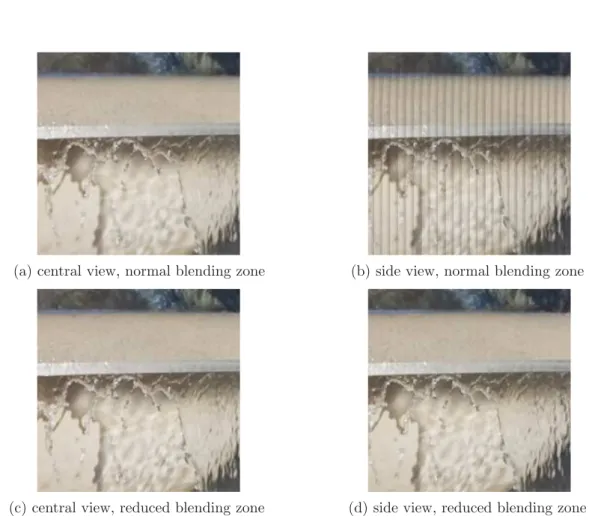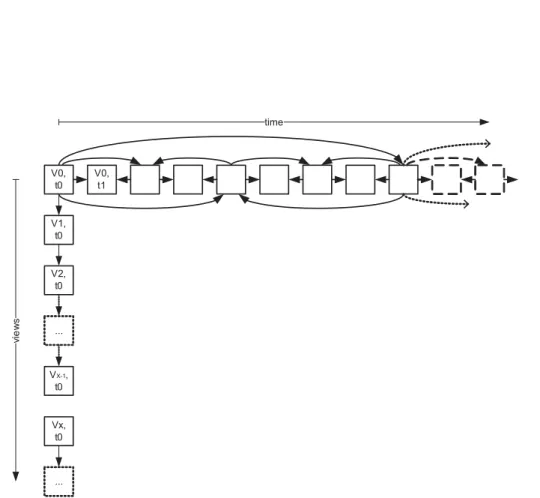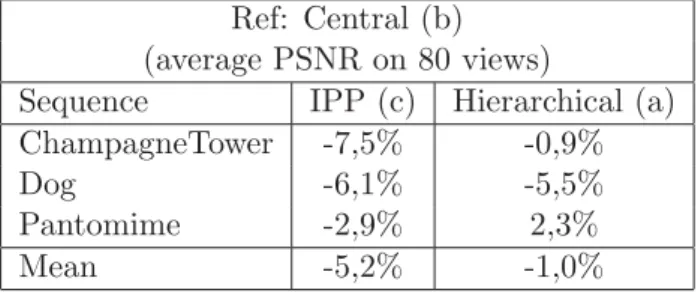Light-field image and video compression for future immersive applications
Texte intégral
Figure
![Figure 2.6: Fujii Laboratory camera arrays at Nagoya University [40]](https://thumb-eu.123doks.com/thumbv2/123doknet/2791728.65785/25.892.164.690.201.394/figure-fujii-laboratory-camera-arrays-nagoya-university.webp)



Documents relatifs
Copyright and moral rights for the publications made accessible in the public portal are retained by the authors and/or other copyright owners and it is a condition of
Given the impressive results obtained by deep convolutional network for frame interpolation applications, theses architectures are studied for use in a video compression codec as
A partir de la fin des années 1990, en Amérique du Nord comme en Europe, la remise en question des politiques de Welfare et le glissement vers des politiques de Workfare
Indeed, many attempts to adapt several image processing to the inherent information that light fields present have demonstrated certain limitations in the visual quality of
We demon- strate the efficiency of the proposed scheme on sequences with non-translational motion, compared both to the classical translational compensation and to a single
Instead of directly encoding the light field (the array of sub-aperture images or the lenslet image for light fields cap- tured by plenoptic cameras), the authors in [13] consider
In [3] and [4] the authors present methods of image classification based on data compression techniques, in the first case using a video compressor such as MPEG4
In practice, RPCA via L+S decomposition is suitable for video processing tasks in which (1) the observed video can be viewed as the sum of a low-rank clean video without





